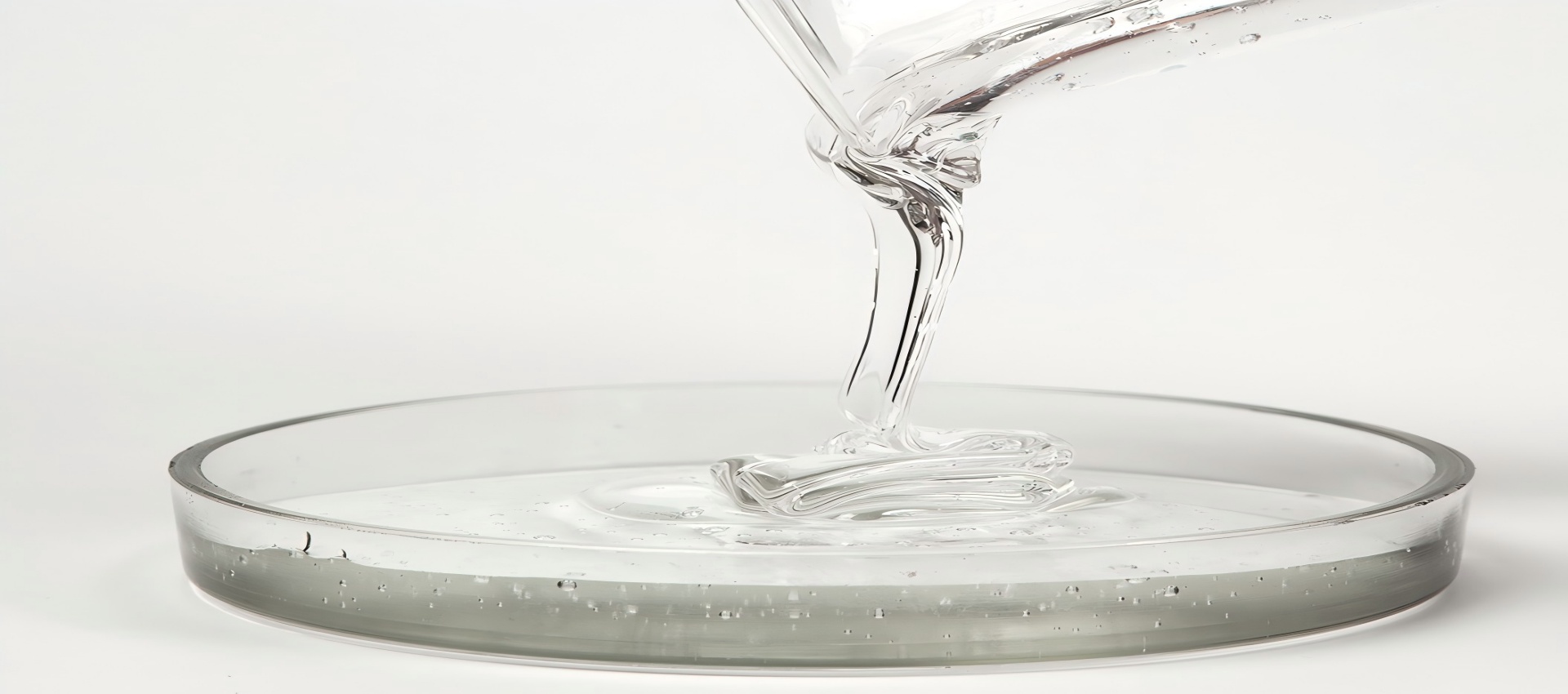
heptamethyltrisiloxane factory&supplier

Heptamethyltrisiloxane
Everything you need to know about our products and company
Is Heptamethyltrisiloxane a Sustainable Choice? Balancing Efficiency and Environmental Responsibility
Heptamethyltrisiloxane (CAS 1873-88-7), a silicone-based compound with applications ranging from agriculture to cosmetics, has sparked debates about its environmental footprint. While it offers functional benefits in industrial processes, its ecological impact demands careful scrutiny. This article explores its sustainability profile, regulatory landscape, and potential alternatives, providing actionable insights for businesses prioritizing eco-conscious solutions.
Heptamethyltrisiloxane is widely used as a surfactant and adjuvant in agricultural pesticides, coatings, and personal care products. Its unique molecular structure reduces water surface tension by over 21 mN/m, enhancing pesticide efficacy by 30–50% and minimizing droplet runoff . In cosmetics, it acts as a solvent and skin-conditioning agent, improving product texture without compromising performance .
Key Advantage:
Despite its utility, heptamethyltrisiloxane raises red flags:
Regulatory Snapshot:
To address these challenges, industries are adopting greener solutions:
Businesses leveraging heptamethyltrisiloxane must:
Leading the charge in sustainable chemistry, Biyuan offers high-purity, biodegradable surfactants engineered to replace silicones like heptamethyltrisiloxane. Their products feature:
For industries seeking to future-proof their operations, Biyuan provides tailor-made solutions that balance performance with planetary health.
While heptamethyltrisiloxane delivers functional benefits, its environmental risks underscore the urgency of transitioning to sustainable alternatives. By integrating biodegradable technologies and adhering to global regulations, businesses can mitigate ecological harm while maintaining operational efficiency. Platforms like Biyuan exemplify how innovation can drive the shift toward a greener chemical landscape.
Act Now: Explore Biyuan’s portfolio of compliant, high-performance surfactants to elevate your sustainability strategy.
Keywords: Heptamethyltrisiloxane environmental impact, vPvB regulation, sustainable surfactants, biodegradable alternatives, REACH compliance, agricultural adjuvants, cosmetic safety, biogas purification, eco-friendly chemicals, Biyuan solutions.
Our most popular products loved by customers worldwide
Heptamethyltrisiloxane is emerging as a transformative functional material in the pharmaceutical industry. This volatile silicone derivative combines low viscosity with high permeability, offering unique solutions for advanced drug delivery systems and medical device technologies. Certified USP Class VI and compliant with ISO 10993-5 standards, heptamet.
Heptamethyltrisiloxane is transforming the personal care industry through its unique volatile characteristics and exceptional spreading properties. This lightweight silicone fluid delivers instant sensory enhancement while providing functional benefits across various product categories. Heptamethyltrisiloxane meets rigorous safety standards including RE.
Heptamethyltrisiloxane is emerging as a powerful adjuvant in modern agriculture, leveraging its unique properties to enhance crop protection product performance. This organosilicone compound acts as a super-spreader, dramatically improving the efficacy of pesticides, herbicides, and fungicides through superior surface coverage and penetration. The mater.
Heptamethyltrisiloxane is gaining recognition as a versatile performance additive in various industrial sectors due to its unique combination of low viscosity, high volatility, and exceptional surface activity. This organosilicone compound serves as an efficient process aid and functional modifier across multiple applications. Heptamethyltrisiloxane off.